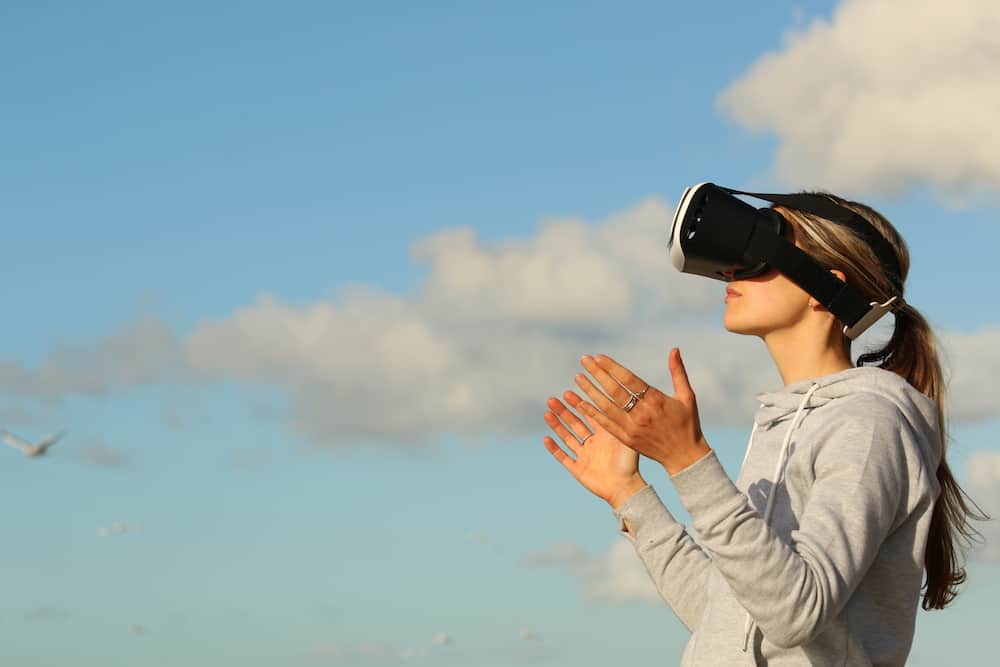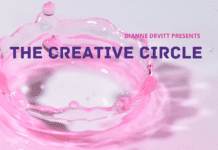
I am a bit underwhelmed by some of the ways artificial intelligence (AI) is used in the meetings industry today.
When I teach my students the concept of live events, I teach them that meetings and events have no beginning or end. They are amorphous. There are segments that build and grow around the live event, and through the event, there is a community established, reinforcing the fact that we do not plan meetings and events; we create communities. These same principles should be applied for virtual planners whose responsibility is to plan the AI and virtual reality (VR) aspects of meetings and events.
At a recent industry trade show, I experienced AI use from many of the destination exhibitors. I loved what I saw and realized the need to plan the use and experience in order for this feature to produce optimal results.
Before using AI with your clients, you need to prepare them. Create a live design, using physical space and props that their physical body can “speak” to—something that gives them an entry into this digital space. For example, one of the videos I experienced started with deplaning in a beautiful destination. It let me hear the sound of the plane, let me “receive” a boarding pass and let me be greeted by a flight attendant.
“Create a live design, using physical space and props, that their physical body can “speak” to—something that gives them an entry into this digital space.”
Now, my physical body, my non-verbal sensory body is recognizing that we are going somewhere. We are leaving the current physical space that we are in (and, in this case, it was a huge convention center with bright lights and aisles of people, you know).
Then, it was time to put the headset on and figure out what exactly I was doing. In this case, we deplaned and took a tour of the city—from downtown to historic places to flower gardens to restaurants. Note: I would have appreciated some aromatherapy or floral scents that could add to what I was looking at and enhance the VR experience.
Then, my delightful digital experience ended, my headset was removed and, like a bucket of ice cold water, I was back from this paradise to the floors of a concrete and metal building, which felt a bit shocking.
One way to make this transition less abrupt would have been, upon taking the headset off, to place next to me a replica table from one of the restaurants, set with a simple cup of Jasmine tea or something indigenous of the destination to sample. Perhaps those same flight attendants could have said, “Thank you for visiting with us,” and handed me a postcard image or montage of the various places we visited with the words “Come back soon” inscribed. That would have taken the concept to a new level, to treat me like I was there already—because in a digital sense, I was.
Like any exercise, there is a warm-up and cooldown to get back to the physical plane on which we exist. As we continue to merge physical and digital worlds, we must remember that human beings are comprised of our five senses and more than 30 internal senses and sensitivities that need attention, that need to be “spoken” to; otherwise, the effort is lost and is not as effective as it could be.
If I have any advice for AI users, it’s this: Remember to hire event stylists to design the space—physical and digital—or risk receiving an “F” from trade-show attendees looking for something that doesn’t confuse the senses.










